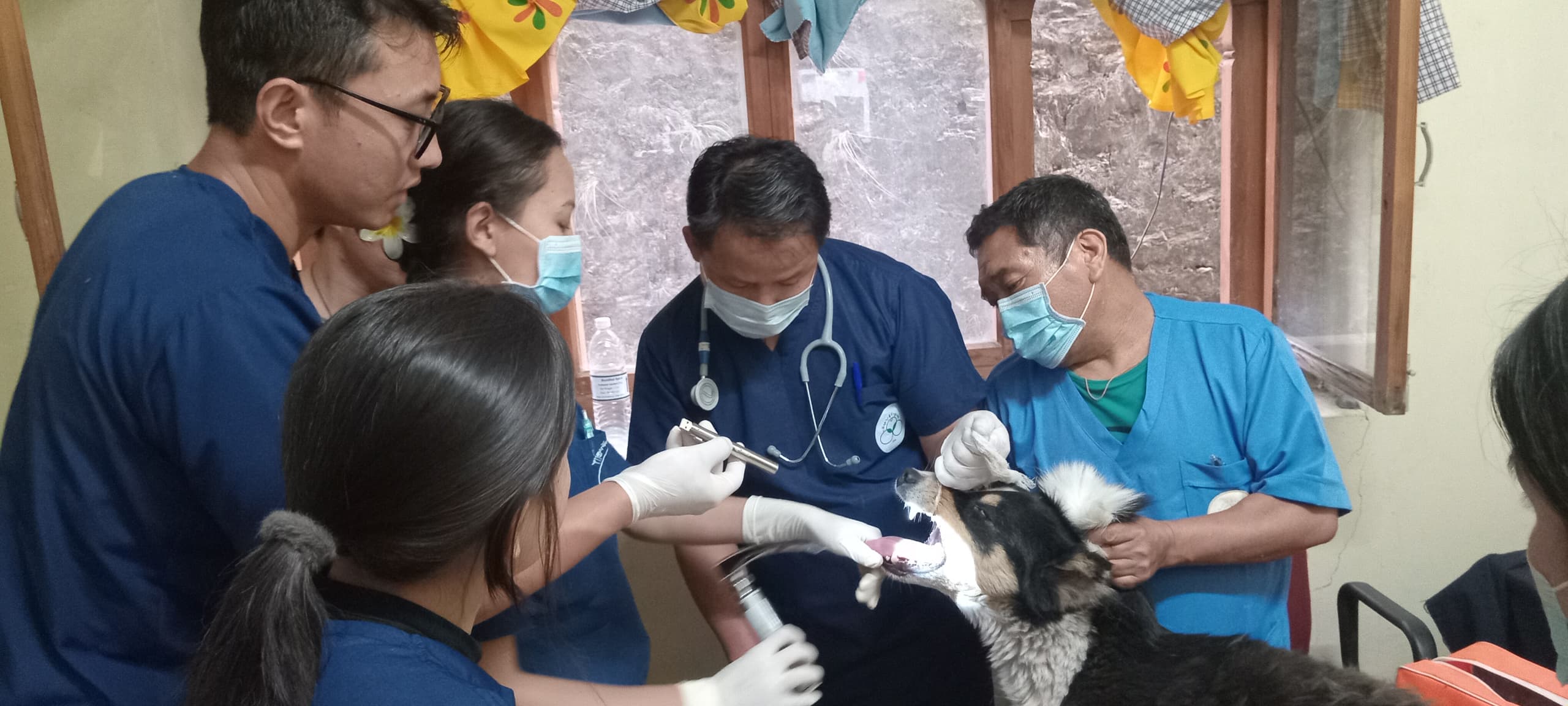
The training, conducted in three cohorts, was supported through funding from the Government of India’s Project Tied Assistance (GOI PTA) as part of the short-term training program approved by the Royal Civil Service Commission, Royal Government of Bhutan for the fiscal year 2024–2025. Altogether, 64 veterinarians and veterinary paraprofessionals were trained, representing the Regional Livestock Development Center–Kanglung, Regional Veterinary Hospital and Epidemiology Centers in Deothang, Gelephu, and Phuntsholing, Dzongkhag Veterinary Hospitals across the 20 Dzongkhags, the Satellite Veterinary Laboratory–Nganglam, and the National Veterinary Hospital.
 This initiative marks an important milestone in strengthening the country’s veterinary emergency response capacity and enhancing animal welfare in critical care settings. Continued professional development efforts of this nature remain crucial for advancing veterinary services in Bhutan.
This initiative marks an important milestone in strengthening the country’s veterinary emergency response capacity and enhancing animal welfare in critical care settings. Continued professional development efforts of this nature remain crucial for advancing veterinary services in Bhutan.
![]()





